The giant crab
Stalin's crabs
The Kamchatka crab is the crab species most sought after in the world because of its delicate flesh.
The giant crab that lives in the Norton Sound and Bristol Bay in Alaska, was imported to the west of Russia to be exploited extensively in the 1960s.
The crabs have become invincible, they settled in an area free of predators and thus proliferate freely in devouring all marine animals they encounter, disrupting the entire ecosystem of the coasts of the Nordic countries. Millions of voracious giant crabs and have spread to the borders of Norway on the border between Russia and Finland in the Barents Sea, threatening its balance millennium. Fishing is the main activity of men in this area of the Barents Sea coast, but the density of giant crabs too much disrupts their sins by eating whatever they find, fish, shellfish, starfish professionals fear they eat the eggs of capelin, cod fish favorites, which is itself the main natural resource of the Barents Sea. In Norway this crab has no enemy and turns the sea bed in the desert is becoming an ecological disaster. In its native range in the North Pacific, this crab was a natural predator, the wolf huge fish, which limited its people.
The Soviets introduced the magic crab in 1961 to help the people of Vladivostok, 7800 km away, just east of the Soviet Union that want to create a new resource to this region of Russia very poor.
Between 1961 and 1969 crabs were selected and sent to the east by special trains. Its delicate flesh and delicious, is similar to lobster and sells for up to € 100 per kg. A financial windfall for local communities.
The largest of the giant crabs weigh up to 12kg with a wingspan of 2 meters. 300,000 crabs are taken from 15 million who swarm in the seabed.
The Russians voluntarily limit fishing for these crabs to maintain progress. Sinners are forced to discharge into the sea, the females and small crabs.
Each female can lay up to 40,000 eggs per year.
The giant crabs move now to the west towards the Norwegian Sea and could very well happen on the Atlantic coast. A bomb was triggered by man, for this crab was up 15 km per day.
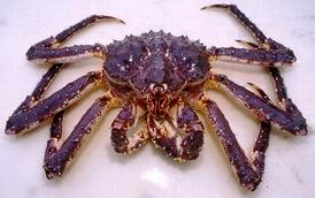
Image: the giant crab or crab Stalin is becoming an ecological disaster. The largest of the giant crabs weigh up to 12kg with a wingspan of 2 meters.
Articles on the same theme
1997 © Astronoo.com − Astronomy, Astrophysics, Evolution and Ecology.
"The data available on this site may be used provided that the source is duly acknowledged."
How Google uses data
Legal mentions
English Sitemap − Full Sitemap
Contact the author
 Major Natural Disasters: What Are the Most Likely Threats?
Major Natural Disasters: What Are the Most Likely Threats?  Major Civilizational Collapses: Key Periods and Causes
Major Civilizational Collapses: Key Periods and Causes
 Generative AI vs AGI: Where does imitation end and consciousness begin?
Generative AI vs AGI: Where does imitation end and consciousness begin?
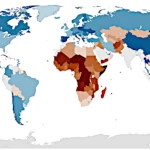 Declining Births: Demographic Catastrophe or Natural Evolution?
Declining Births: Demographic Catastrophe or Natural Evolution?  Natural Selection vs. Chance: Why Evolution is Not a Lottery?
Natural Selection vs. Chance: Why Evolution is Not a Lottery? 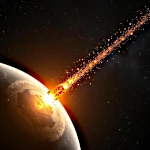 What if Life Originated from Earth? A Revolution in the Theory of Panspermia
What if Life Originated from Earth? A Revolution in the Theory of Panspermia 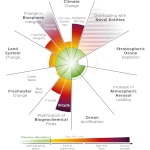 The Great Bifurcation that will Disrupt Our World: Survival or Collapse?
The Great Bifurcation that will Disrupt Our World: Survival or Collapse? 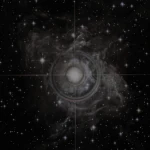 Primordial Chemistry: Where Do the First Organic Molecules Originate?
Primordial Chemistry: Where Do the First Organic Molecules Originate?  CO and CO₂: Two Gases, Two Risks, Two Biological Mechanisms
CO and CO₂: Two Gases, Two Risks, Two Biological Mechanisms 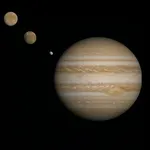 Spontaneous Synchronization: A Universal Phenomenon, from Physics to Life
Spontaneous Synchronization: A Universal Phenomenon, from Physics to Life  Artificial networks vs biological networks: Two systems, one common architecture
Artificial networks vs biological networks: Two systems, one common architecture  Human Brain and Artificial Intelligences: Similarities and Differences
Human Brain and Artificial Intelligences: Similarities and Differences  Time Challenge: How to Illustrate a Billion Years?
Time Challenge: How to Illustrate a Billion Years?  The Three Essential Components for the Emergence of Life
The Three Essential Components for the Emergence of Life  Why Did the Genus Homo Nearly Go Extinct 900,000 Years Ago?
Why Did the Genus Homo Nearly Go Extinct 900,000 Years Ago?  AlphaGo vs AlphaGo Zero: A Revolution in Artificial Intelligence
AlphaGo vs AlphaGo Zero: A Revolution in Artificial Intelligence  The Next Step for Intelligent Machines
The Next Step for Intelligent Machines  The First Step Towards the Emergence of Life
The First Step Towards the Emergence of Life  Formal neuron
Formal neuron  The shadow biosphere
The shadow biosphere  Decline of Anthropocentrism
Decline of Anthropocentrism  Artificial intelligence: the explosion of gigantism
Artificial intelligence: the explosion of gigantism  When AI models train on their own data, they go mad!
When AI models train on their own data, they go mad!  Emergence of artificial intelligence: Illusion of intelligence or intelligence?
Emergence of artificial intelligence: Illusion of intelligence or intelligence? 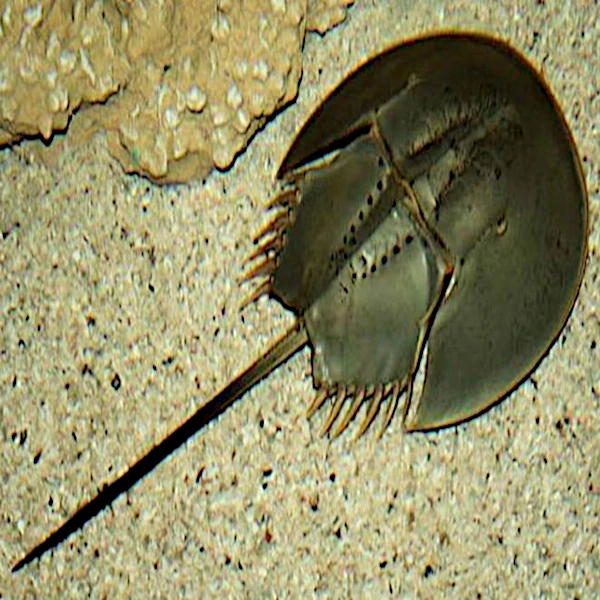 The horseshoe crab, a living fossil!
The horseshoe crab, a living fossil! 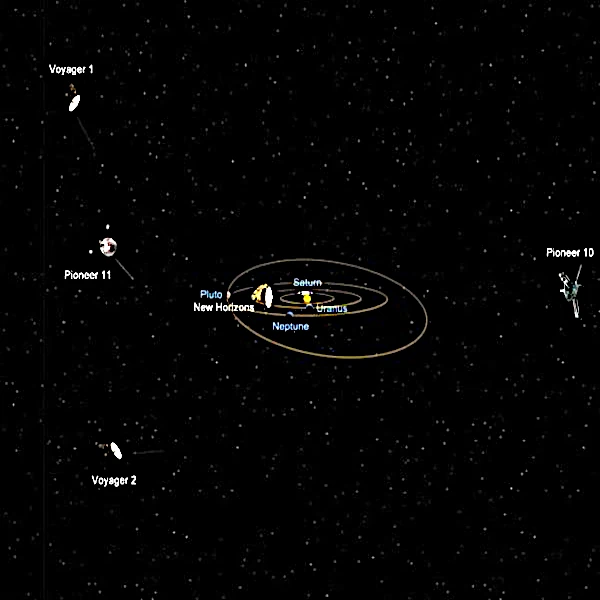 Biosignatures or presence of life in the Universe
Biosignatures or presence of life in the Universe  Challenge and threat of Artificial Intelligence
Challenge and threat of Artificial Intelligence  How do machines understand, interpret and generate language in a similar way to humans?
How do machines understand, interpret and generate language in a similar way to humans?
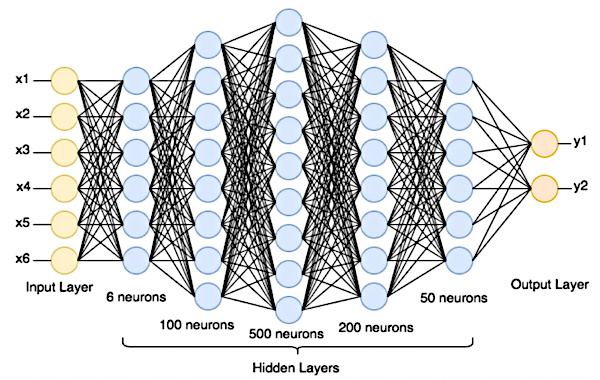 How does an artificial neural network work?
How does an artificial neural network work? 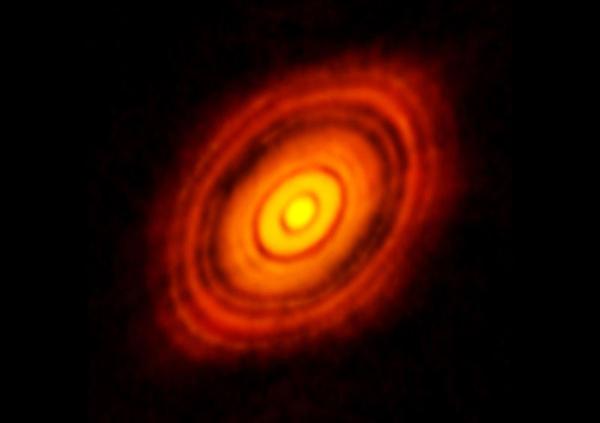 Origin of life on Earth: Panspermia theory
Origin of life on Earth: Panspermia theory 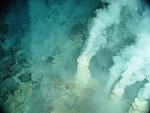 Origin of life on Earth: White smoker theory
Origin of life on Earth: White smoker theory 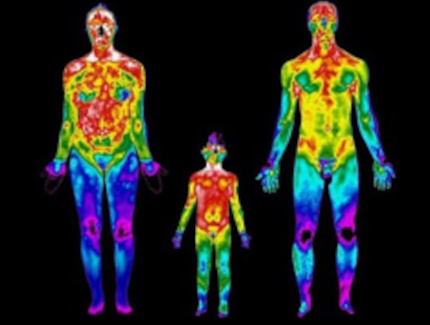 Why 37 degrees Celsius?
Why 37 degrees Celsius? 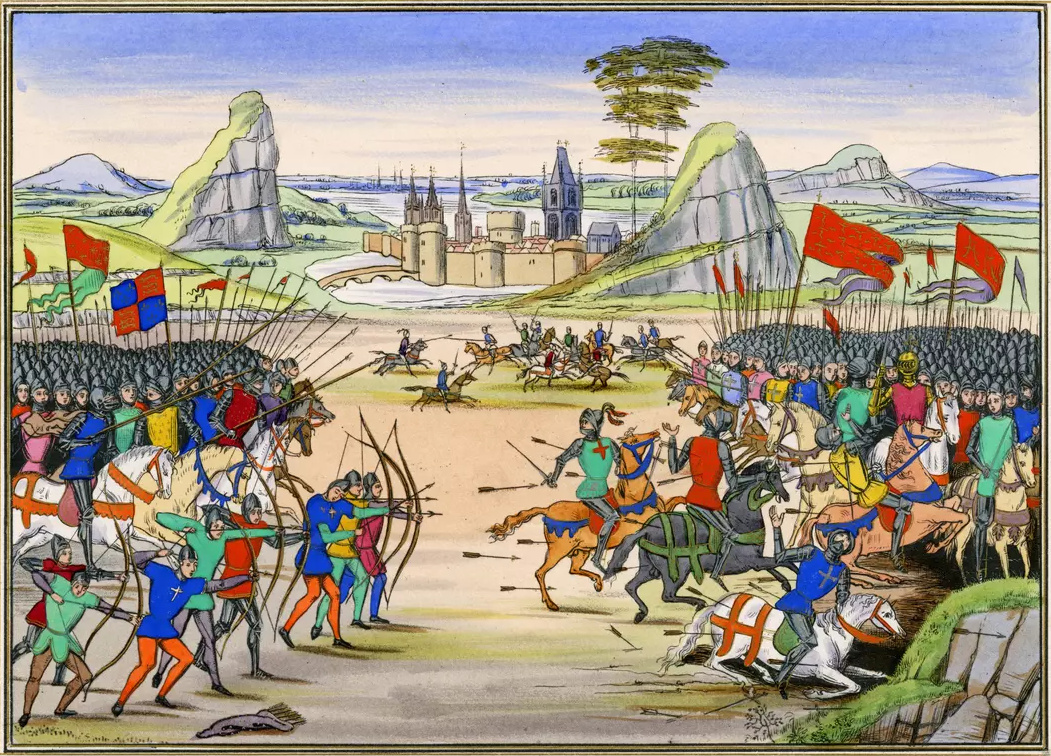 Thermodynamics of the sandpile
Thermodynamics of the sandpile  Are We Alone in the Cosmos? Between Science and Speculation
Are We Alone in the Cosmos? Between Science and Speculation  Trace of frozen life in Siberia
Trace of frozen life in Siberia 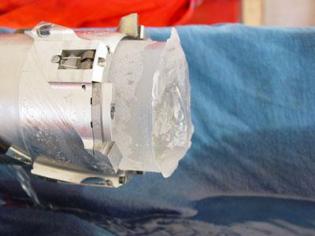 Ice cores tell us about our past
Ice cores tell us about our past  The Two Great Ice Ages: Surviving in the Oceans of a Frozen Earth
The Two Great Ice Ages: Surviving in the Oceans of a Frozen Earth  Regeneration in Animals Following Amputation: Organic Regrowth
Regeneration in Animals Following Amputation: Organic Regrowth  At the Limits of Life: Mephisto, Worm of the Infernal Depths
At the Limits of Life: Mephisto, Worm of the Infernal Depths 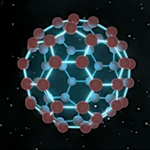 Discovery of solid buckyballs in space
Discovery of solid buckyballs in space 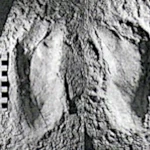 Human Walking: The Origins of Bipedalism in Hominids
Human Walking: The Origins of Bipedalism in Hominids 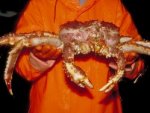 Kamchatka giant crab
Kamchatka giant crab  The passage between the inert and the living
The passage between the inert and the living 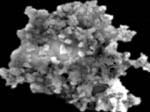 From particles to biochemical life
From particles to biochemical life 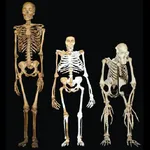 Sediba: Man or Australopithecus
Sediba: Man or Australopithecus 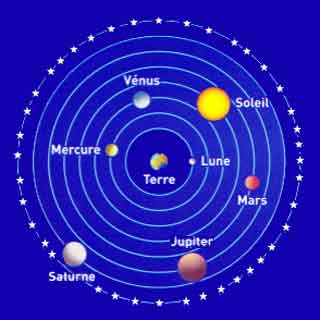 Egocentric vision, the man at the center
Egocentric vision, the man at the center 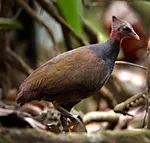 Megapod uses volcanic heat
Megapod uses volcanic heat 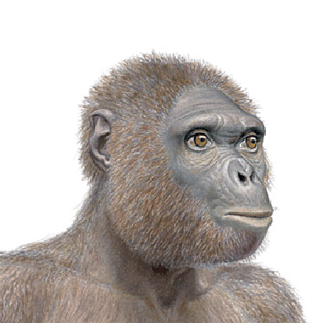 Ardi is 4.4 million years old
Ardi is 4.4 million years old  Natural Selection: The Peppered Moth
Natural Selection: The Peppered Moth  The Ordovician: The Era of Corals, Trilobites, and Graptolites
The Ordovician: The Era of Corals, Trilobites, and Graptolites 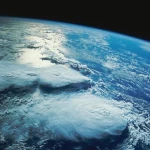 Liquid Water, Much More Than a Solvent: A Catalyst for Chemical Reactions
Liquid Water, Much More Than a Solvent: A Catalyst for Chemical Reactions  Neanderthal: Humanity's Lost Cousin
Neanderthal: Humanity's Lost Cousin  Asimo the future humanoid
Asimo the future humanoid  What Conditions Allowed the Emergence of Life?
What Conditions Allowed the Emergence of Life?  Fermi's paradox or Plato's cave
Fermi's paradox or Plato's cave 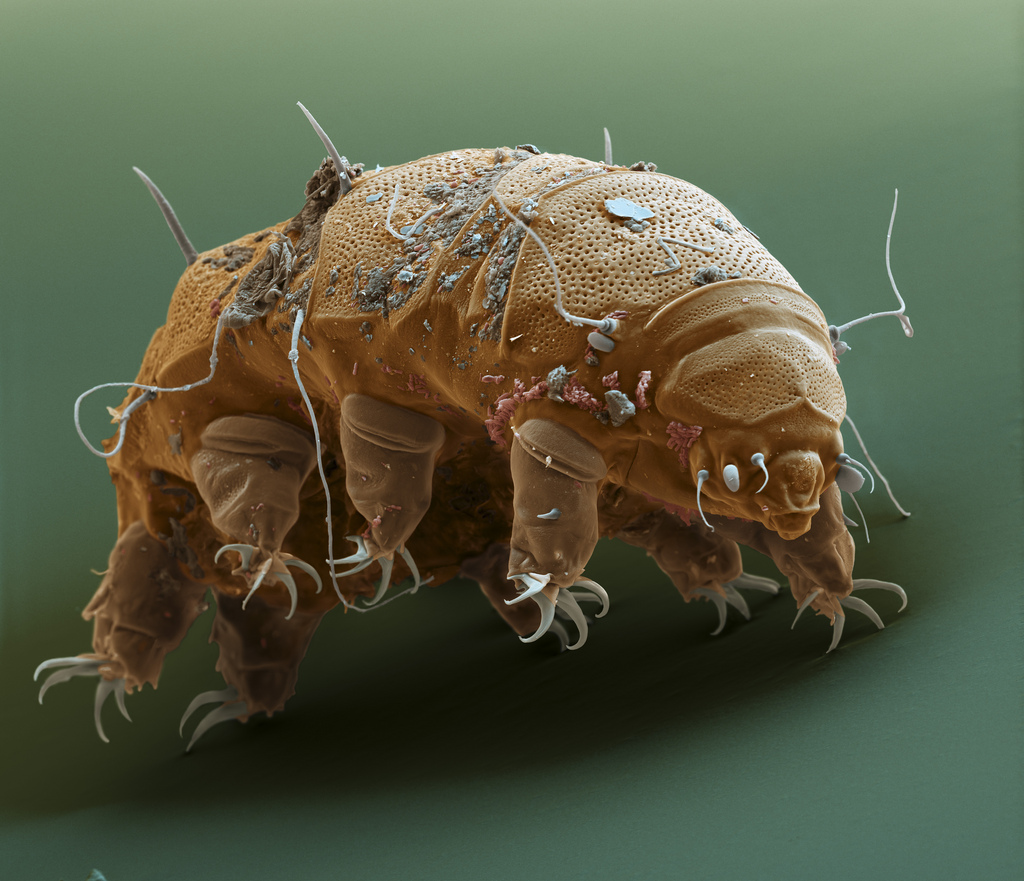 The Tardigrade, the immortal animal
The Tardigrade, the immortal animal 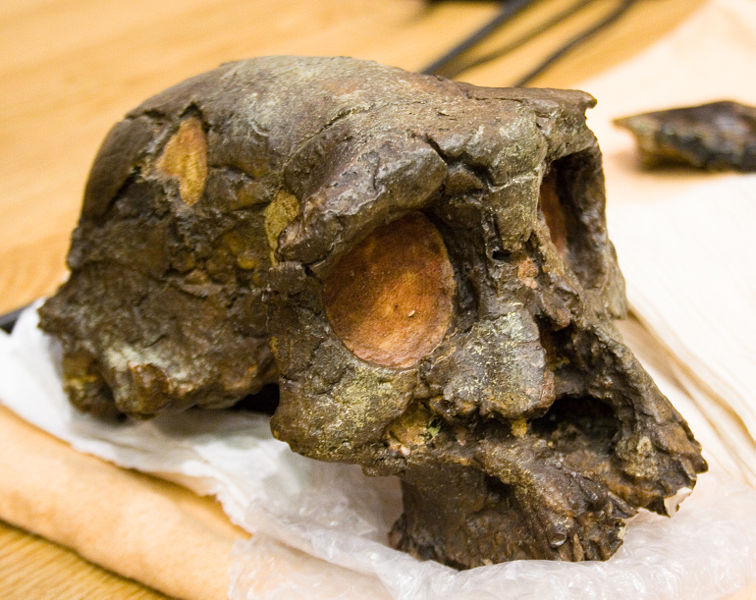 Toumaï, 7 million years old
Toumaï, 7 million years old 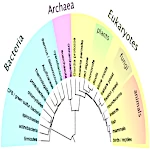 The Origin of Life: From the First Organisms to Current Biological Diversity
The Origin of Life: From the First Organisms to Current Biological Diversity 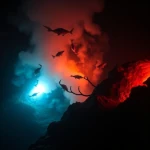 Life in the Abyss: The Extreme Adaptation of Creatures
Life in the Abyss: The Extreme Adaptation of Creatures 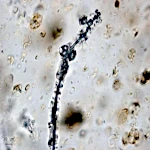 Cyanobacteria and the Oxygen Crisis: A Primordial Ecological Catastrophe
Cyanobacteria and the Oxygen Crisis: A Primordial Ecological Catastrophe 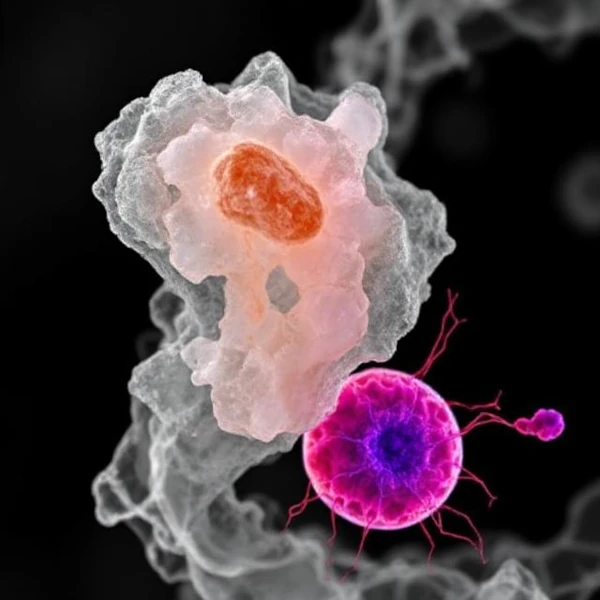 From Matter to Life: The Blurred Frontier of Biological Emergence
From Matter to Life: The Blurred Frontier of Biological Emergence 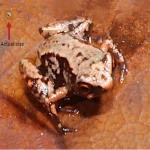 The Smallest Frog in the World: Physiological Secrets of a Microvertebrate
The Smallest Frog in the World: Physiological Secrets of a Microvertebrate 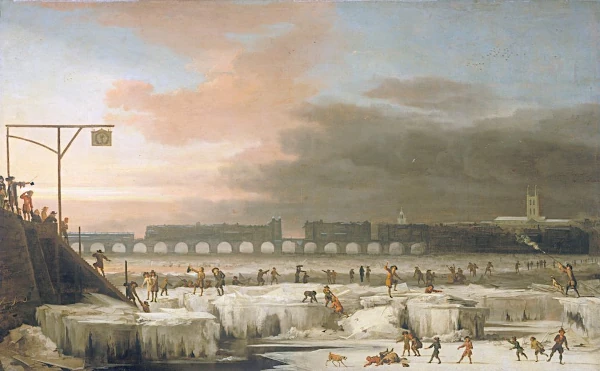 The explanation of the Little Ice Age
The explanation of the Little Ice Age 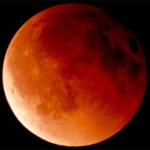 The Light of Life: A Biosignature Revealed by the Moon
The Light of Life: A Biosignature Revealed by the Moon  Living Light: The Dazzling Secrets of Bioluminescence
Living Light: The Dazzling Secrets of Bioluminescence 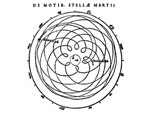 Beyond our senses, the great scientific revolutions
Beyond our senses, the great scientific revolutions  The primitive soup
The primitive soup  World Population: From One Billion Humans to Demographic Saturation
World Population: From One Billion Humans to Demographic Saturation  Ecology and Collapse: The Case of Easter Island
Ecology and Collapse: The Case of Easter Island  Fractals: Universally Self-Organized Structures
Fractals: Universally Self-Organized Structures